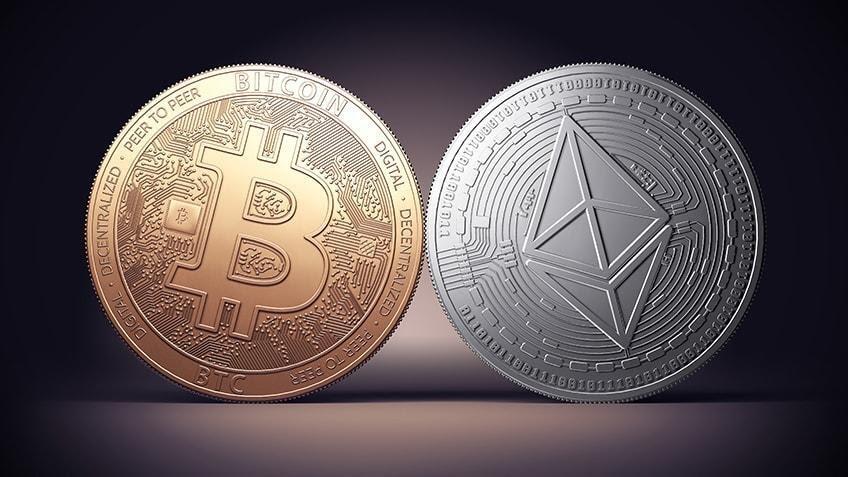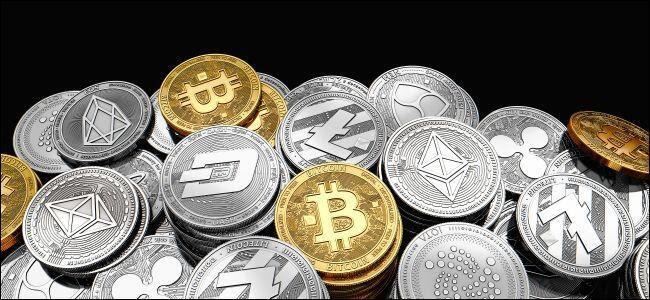What Cryptocurrency Is and How to Use It
Introduced by an elusive figure who came to be known only as Satoshi Nakamoto, Cryptocurrency technology came in the form of Bitcoin in 2009. Since then, numerous other coins such as Litecoin, Peercoin, Namecoin, Ethereum, Cardano, Ripple, Monero, and EOS, collectively called, Altcoins, graced the market.
The cryptocurrency had taken strides in the financial industry, thus becoming one of the most sought-after commodities.
The Cryptocurrency network permit secured online payments that see denomination through “tokens”. Entries represent these in an electronic ledger available to all users by cracking a mathematical equation.
This short feature discusses how the Cryptocurrency network works. Why it has become a viable commodity, and how it benefits its users.

What is Cryptocurrency?
The cryptocurrency is a digital currency that operates independently of a central bank. It is issued through a complicated technique created through a set of algorithms. Its digital ledger is called Blockchain.
Many computers across the globe host blockchains. It is secured by Cryptography, which means data is transformed into an unreadable format to users not included in the Cryptocurrency network.
The Cryptocurrency network is decentralized. What this means is that only users and computer algorithms keep track of all activities by the digital currency.

How to Use Cryptocurrency
In Cryptocurrency, everything is regulated by algorithms.
Cryptocurrency is transferred peer-to-peer through Cryptocurrency wallets.
Transactions are recorded in Blockchains through Cryptocurrency mining. Once a mathematical problem is solved, a block of transaction is added to the Blockchain. Newly-mined coins are rewarded to whoever solves the puzzle first.
More Cryptocurrency miners mean greater security for the Cryptocurrency network.
The network automatically upgrades the difficulty Depending on the speed, Math problems are solved.
Computer processors used to solve mathematical problems. Cryptocurrency miners later discovered that the graphics cards are fit to do the task. However, this required more electricity.
Cryptocurrency mining products were later on produced. These contained reprogrammed chips that mine Bitcoins. While fast, these still required high power.
Then came the Application-Specific Integrated Circuit (ASIC) was invented. ASIC made mining more speedy for Bitcoin and was cost-efficient.

Is Cryptocurrency Legal?
The short answer is YES. Transacting and transactions made through Cryptocurrencies are accepted in the global financial industry.
Not only is it legal, but it also comes with numerous advantages, one such is the ease of fund transfer between two entities. Assignments need not a third party such as a central bank or a credit card company, thus previous the steep fees imposed by banks and other financial institutions. Security for these transfers comes through the use of public and private keys.
However, while Cryptocurrency transactions are legal, it does come with some disadvantages. The nature of Cryptocurrency being part anonymous allows for shady transactions like money laundering; tax evasion is also not far from the cards.

Conclusion
Investing and trading Cryptocurrencies may prove profitable to one who is interested. A trader or investor need only be patient in knowing the ropes around the Cryptocurrency network and know when to be wary or forthcoming in making a transaction.
